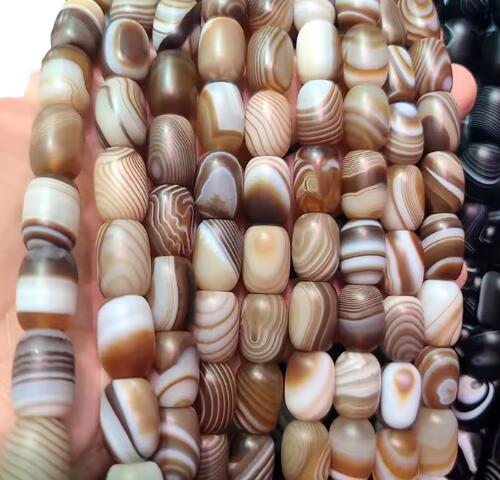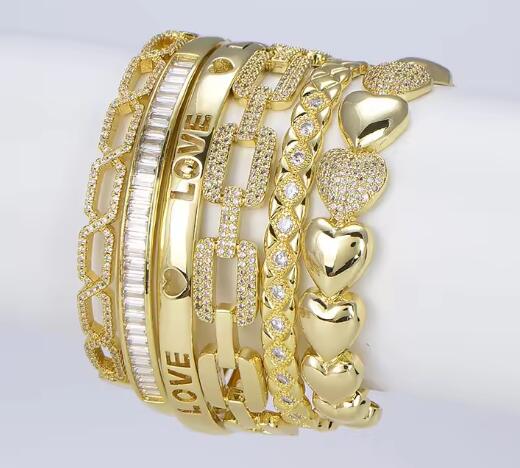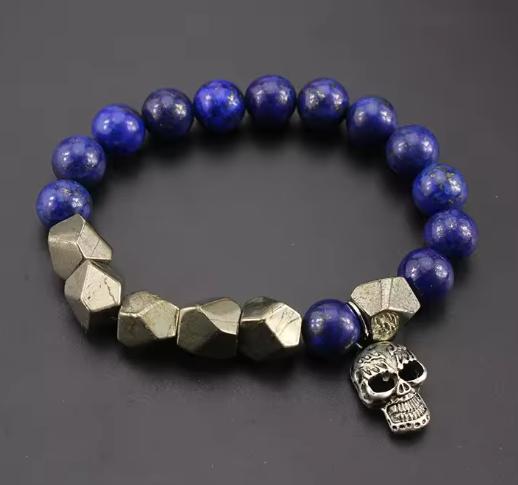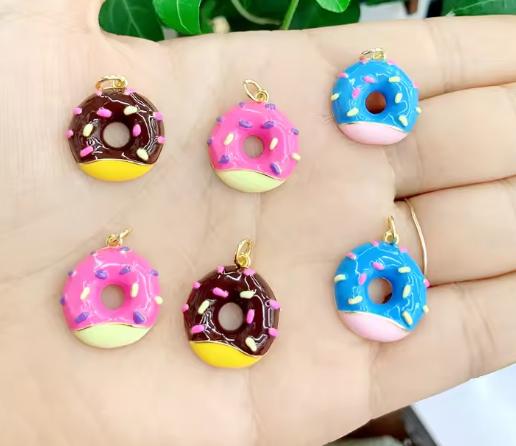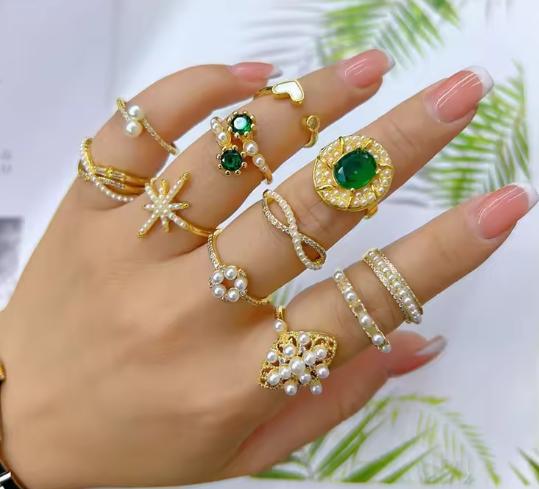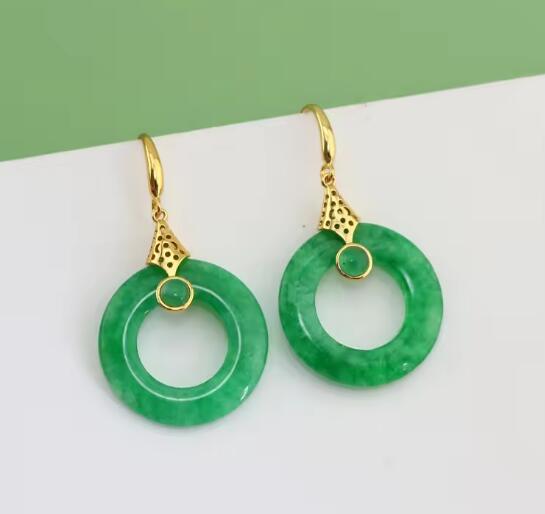How Enamel Coloring Influences Jewelry Pricing: A Complete Guide
The vibrant world of enamel jewelry offers an exquisite palette of colors, but have you ever wondered why pieces with similar designs can vary significantly in price? The coloring process plays a crucial role in determining the final cost, influenced by multiple factors that combine artistry with technical precision.
The Science of Color Creation
Enamel colors are achieved through specific mineral compounds and manufacturing processes:
-
1)Mineral Pigments: Rare earth elements and precious metal oxides create unique hues - cobalt for blues, gold for pinks, and manganese for purples
-
2)Firing Complexity: Multiple firings at precise temperatures are needed for layered color effects
-
3)Material Purity: Higher-grade materials ensure consistent coloration and durability
-
4)Technical Expertise: Mastering color formulas requires specialized knowledge and experience
Production Techniques and Their Impact
Different enameling methods carry distinct cost implications:
-
1)Cloisonné Technique: Metal wires separate colors, requiring meticulous placement and multiple firings
-
2)Champlevé Method: Colors fill engraved metal compartments, demanding precision in both carving and enamel application
-
3)Plique-à-jour: Translucent colors create stained-glass effects without metal backing, requiring exceptional skill
-
4)Grisaille: Layered white enamels on dark backgrounds need precise firing control
Quality Considerations in Color Application
The execution quality significantly affects both appearance and cost:
-
1)Color Consistency: Maintaining uniform hues across pieces requires expert quality control
-
2)Surface Perfection: Achieving flawless finishes demands skilled handwork and careful firing
-
3)Durability Standards: Premium colors undergo additional processing for fade resistance
-
4)Detail Resolution: Fine color details require superior craftsmanship and time
Market Dynamics and Color Value
Consumer preferences and manufacturing realities influence color pricing:
-
1)Artisan Expertise: Master enamel artists command premiums for their color techniques
-
2)Regional Specialization: Certain colors are associated with specific craftsmanship regions
-
3)Production Scale: Limited edition colors involve smaller batches with higher unit costs
-
4)Trend Influence: Fashion-forward colors may carry temporary premiums
Practical Selection Guidance
When choosing enamel jewelry, consider these factors:
-
1)Assess craftsmanship through color consistency and detail precision
-
2)Understand technique as different methods offer distinct aesthetic qualities
-
3)Consider longevity - some colors maintain their vibrance better over time
-
4)Evaluate overall value by balancing color complexity with other quality elements
The relationship between enamel coloring and jewelry value represents a fascinating intersection of art, science, and craftsmanship. By understanding these factors, collectors can make informed decisions that balance aesthetic preferences with quality considerations and budget parameters.
